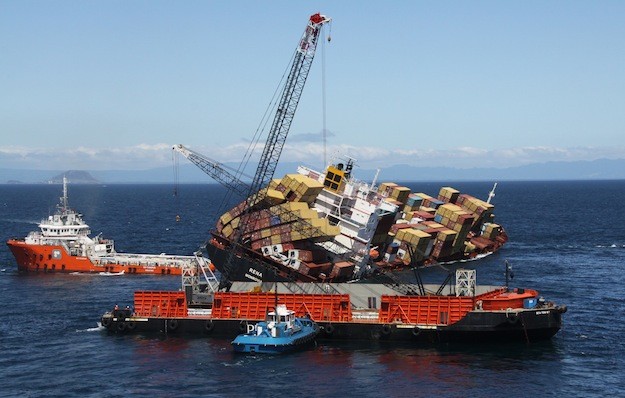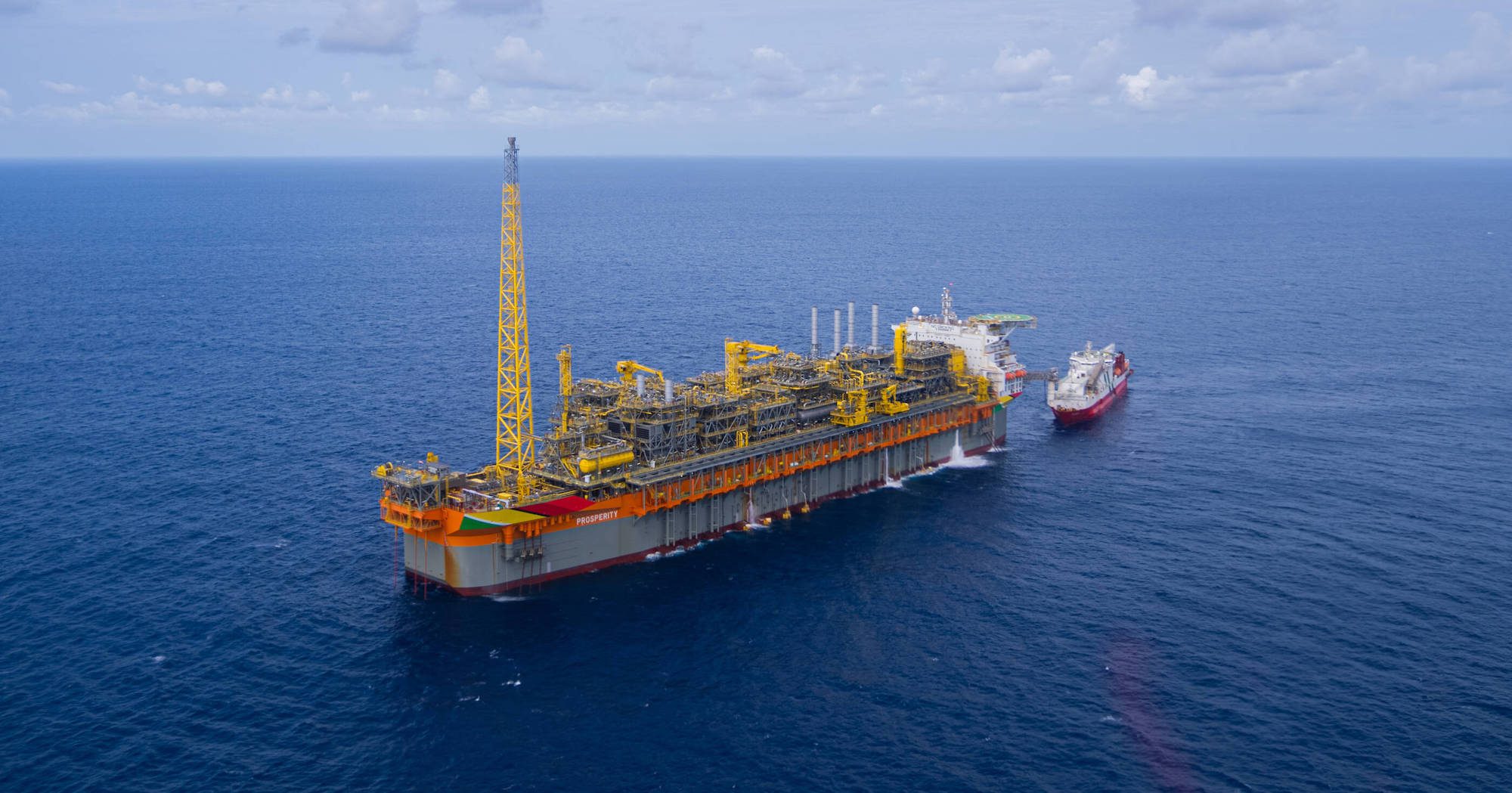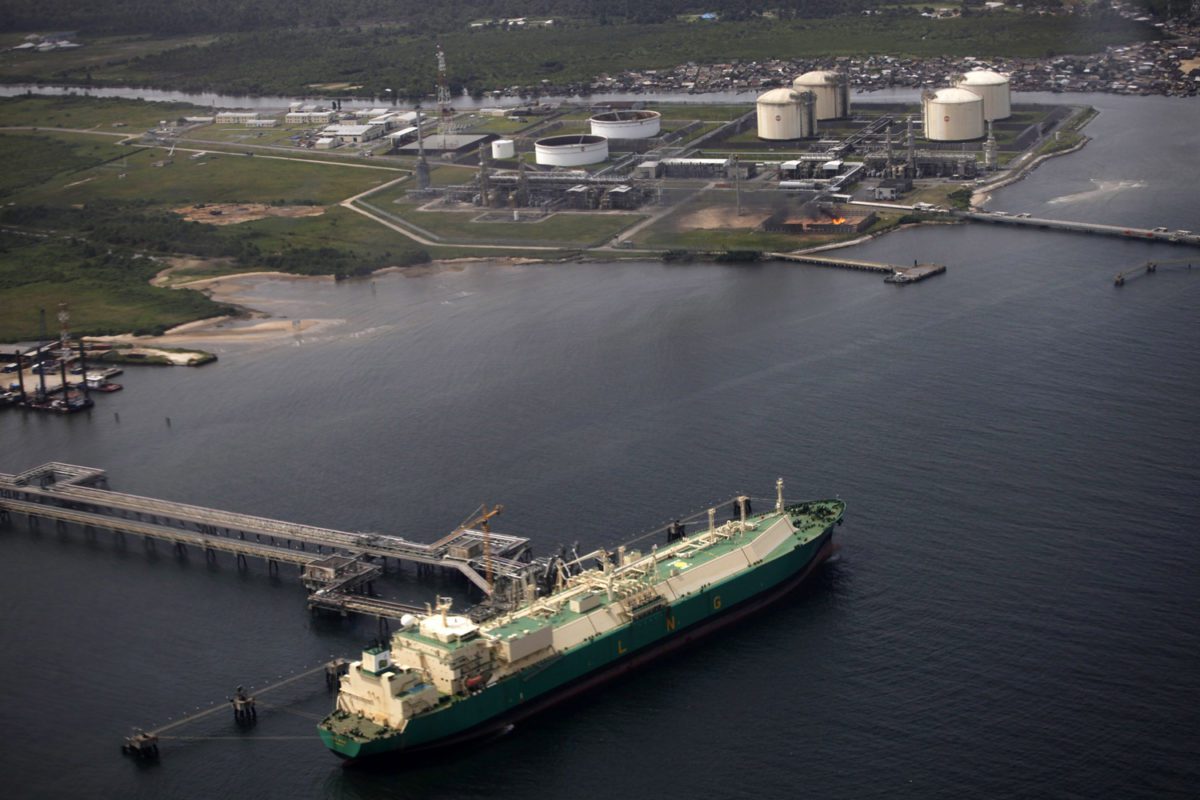Maritime New Zealand (MNZ) reports that salvage crews have removed most of the oil from the M/V Rena, the containership which ran aground on a New Zealand reef early last month.
The race to remove the oil from Rena’s hull began days after the grounding with local authorities working fast to secure the wreck before in climate weather further damaged the hull. But today the focus shifted. MNZ said salvage teams have stopped pumping operations from the submerged starboard tank after they started pumping sea water instead of oil from the ship. The team had been pumping sea water into the tank to get the oil to rise to the surface but are now conducting a stop-and-go operation to capture the tank’s residual fuel oil.
“The salvors have reached the point in the tank where the oil and water meet,” said MNZ manager Arthur Jobard in a statement to reporters. “They have suspended pumping to allow more oil to float to the surface and will resume pumping a bit later on today.”
Authorities also stated that 1,454 tons of oil have been pumped from the ship and they estimate that 2,000 barrels escaped to the sea. With the oil mostly removed the team is sending a sea crane to the vessel to begin the second phase of the salvage; the removal of 1,280 containers which remain on board.
The second phase, however, is expected to take much longer. The crane which will be used to pluck each container from the vessel’s deck sits upon a barge and is susceptible to high seas and weather conditions at the reef. An MNZ official stated that the problems “include weather and how complex it proves to be to access the containers, many of which are badly damaged and in very precarious positions.” Even in perfect weather the list of the vessel and need for salvage crews to physically connect the crane to each container slows down the process. One expert close to the project predicts the crane can remove six containers a day from the vessel and possibly longer for the 816 containers located within the ship’s hull. At that rate it will take seven months to recover all the cargo.
To speed up the process the team has contracted a larger crane from Singapore and they expecte to arrive and begin work sometime next month.

 Join The Club
Join The Club











